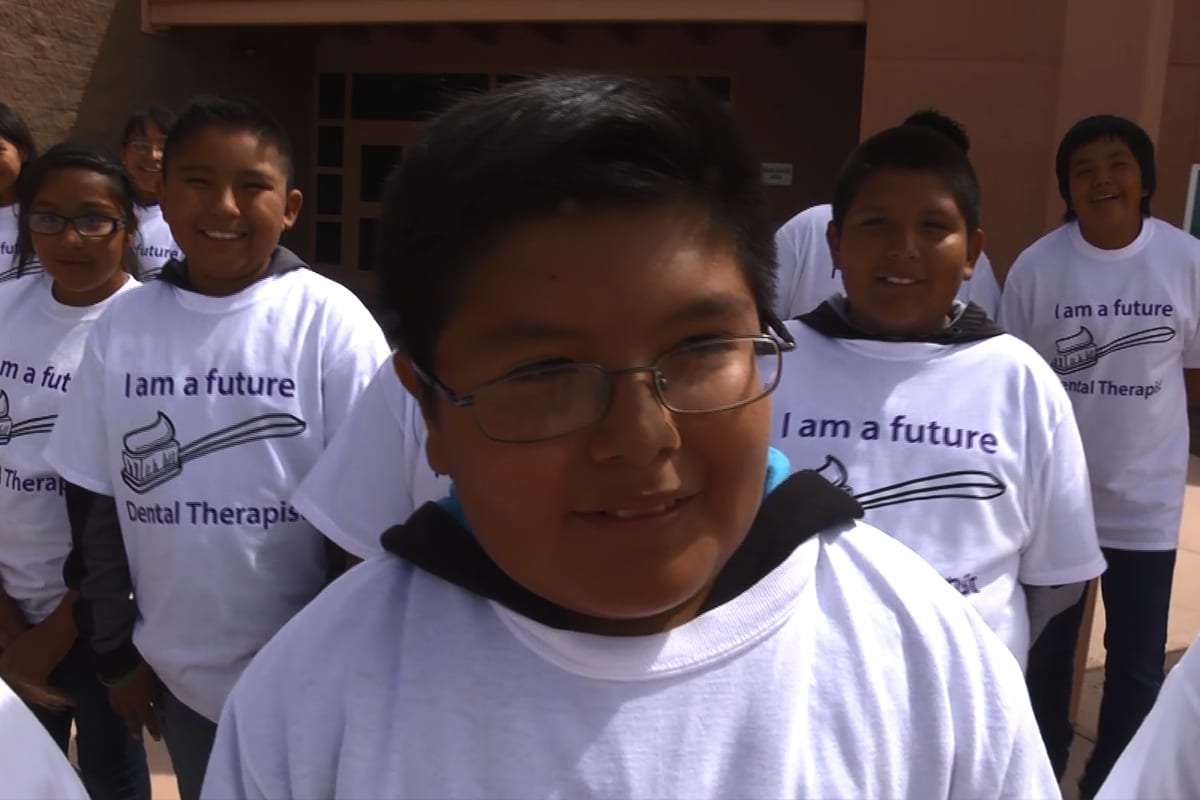What’s Dental Therapy? A Profession!
By Mary Darby, August 21, 2015

It’s official: Dental therapy is a now a recognized profession, with national standards that create a path for training programs at colleges across the country. That’s according to the Commission on Dental Accreditation (CODA), the independent accrediting body for dentistry education programs in the United States.
On August 8, CODA voted to move forward with implementing the dental therapy education standards it adopted in February. In doing so, the Commission essentially recognized dental therapy as a profession capable of providing high-quality oral health care. And it signaled that it is ready to begin the serious work of accrediting education programs for dental therapists, using nationally recognized standards.
For advocates working to improve oral health in the United States and for people who have difficulty getting dental care, this is a breakthrough.
Like nurse practitioners and physician assistants in health care, dental therapists can help more people get the care they need.
Fifteen years ago, in a landmark report, then-Surgeon General David Satcher, M.D., called oral disease in America a “silent epidemic.” He is concerned that too little progress has been made since then. Close to 50 million Americans live in areas where they can’t easily see a dentist. Millions more can’t afford dental care when they need it.
Just days after the 15-year anniversary of the Surgeon General’s report, Satcher called for dental therapists to be added to the dental team as a way to expand care and reduce oral health disparities.
Satcher’s support for dental therapists is easy to understand. These mid-level providers have been practicing in Alaska for more than 11 years and in Minnesota since 2011, and they have proved enormously successful at bringing high-quality preventive and everyday dental care services to people in rural and underserved areas.
Maine authorized dental therapists in 2014, and at least eight other states have proposed dental therapy legislation. In addition, the National Congress of American Indians announced the sovereign right of tribes to hire dental therapists in their own communities. The Swinomish tribe in Washington state is leading the way with a demonstration project.
CODA’s authorization to implement dental therapy education standards sends a clear message validating the fledgling profession nationwide. No longer can opponents question the education or qualifications of dental therapists who have completed a CODA-accredited program.
What’s more, CODA’s national standards will serve as a guide to policymakers in states considering dental therapists as a way to address their unmet oral health needs. They don’t have to develop education programs from scratch; CODA’s standards set out clear guidelines for what these programs should look like.
CODA’s decision is a strong push forward for the dental therapist movement. As support for dental therapists continues to grow, there’s a sense that, just as nurse practitioners gained widespread acceptance because they simply made too much sense, dental therapists will also become a reality throughout the United States.
